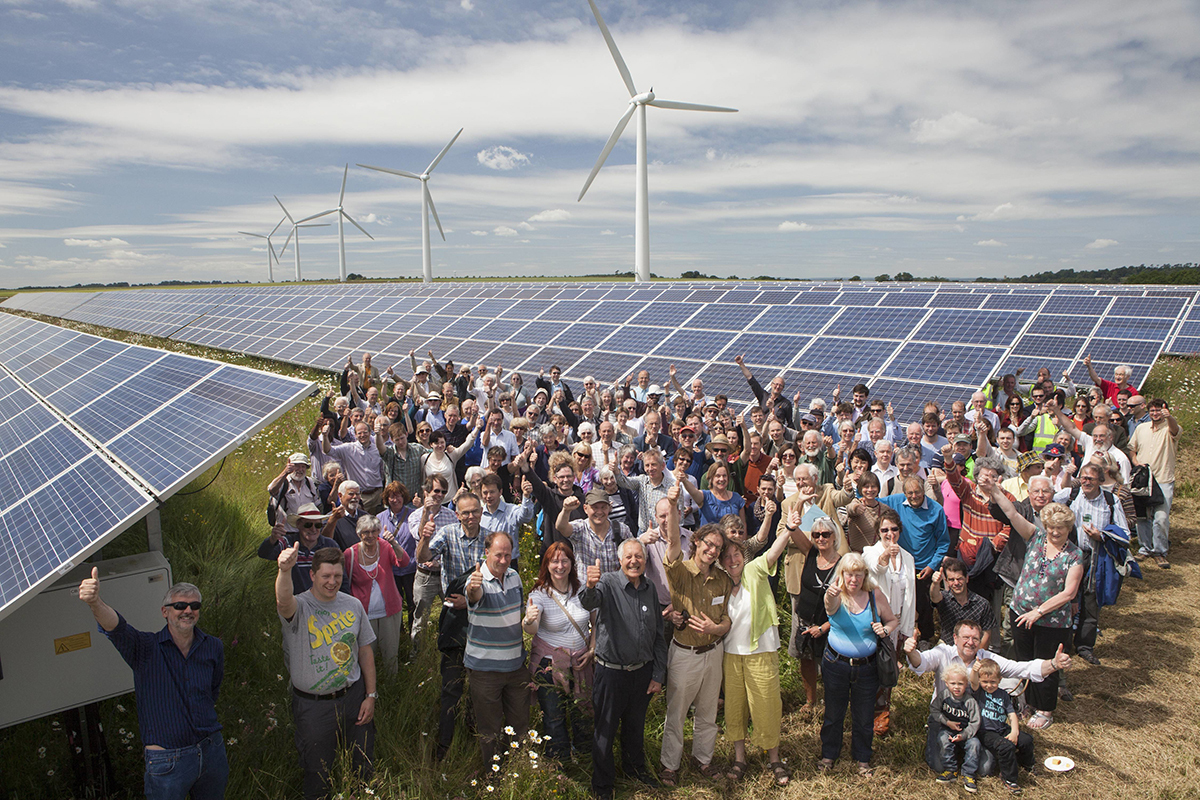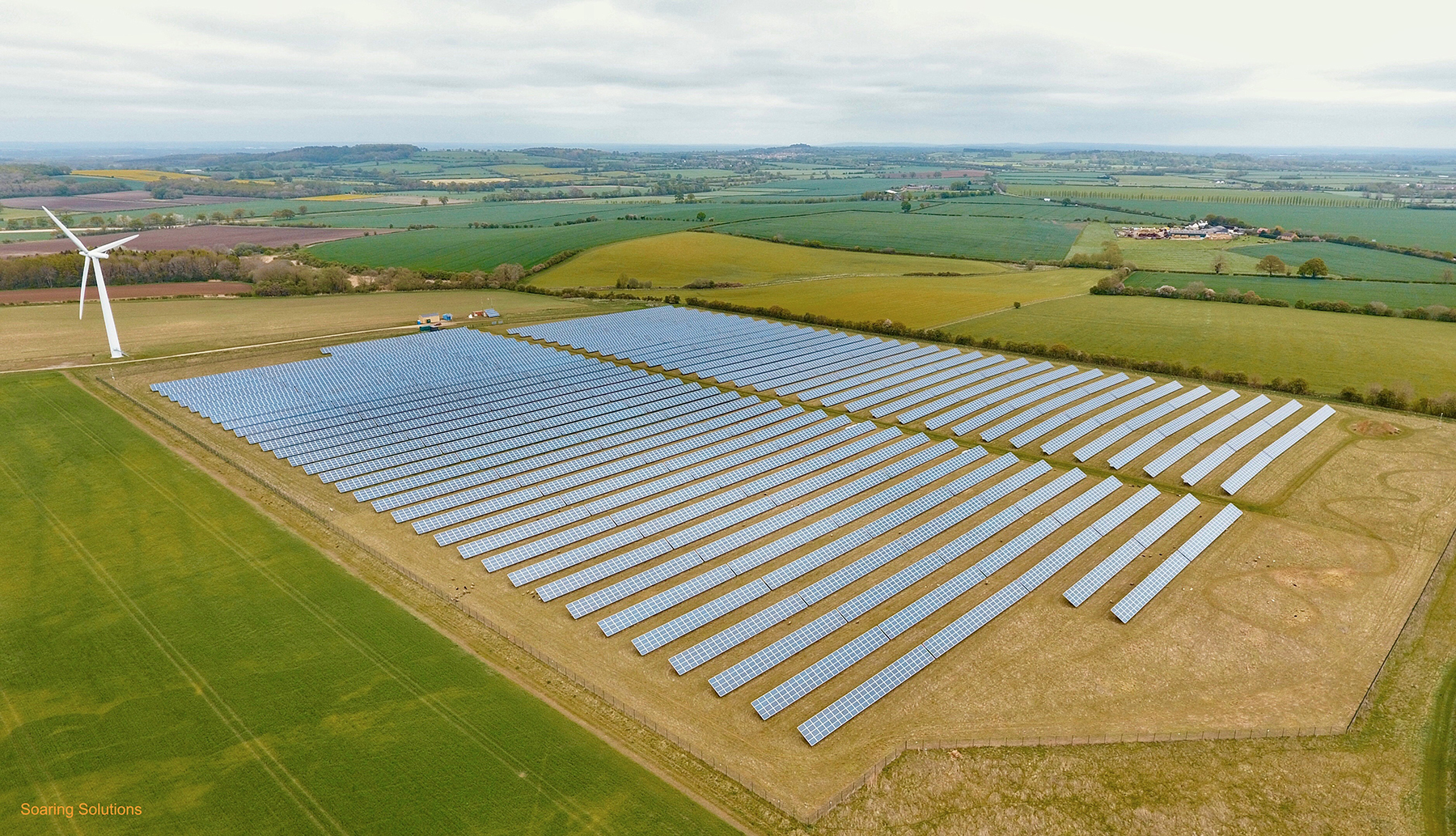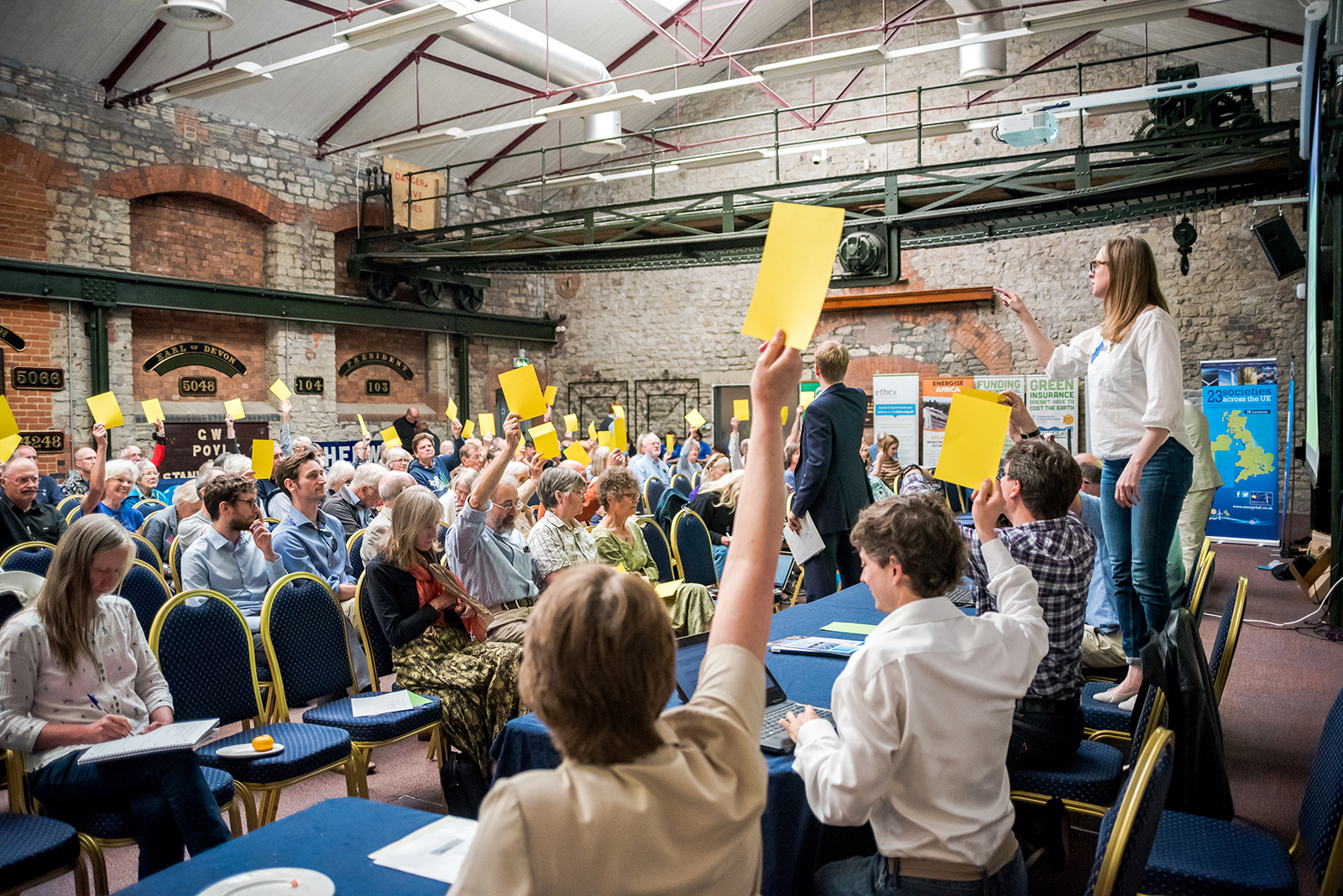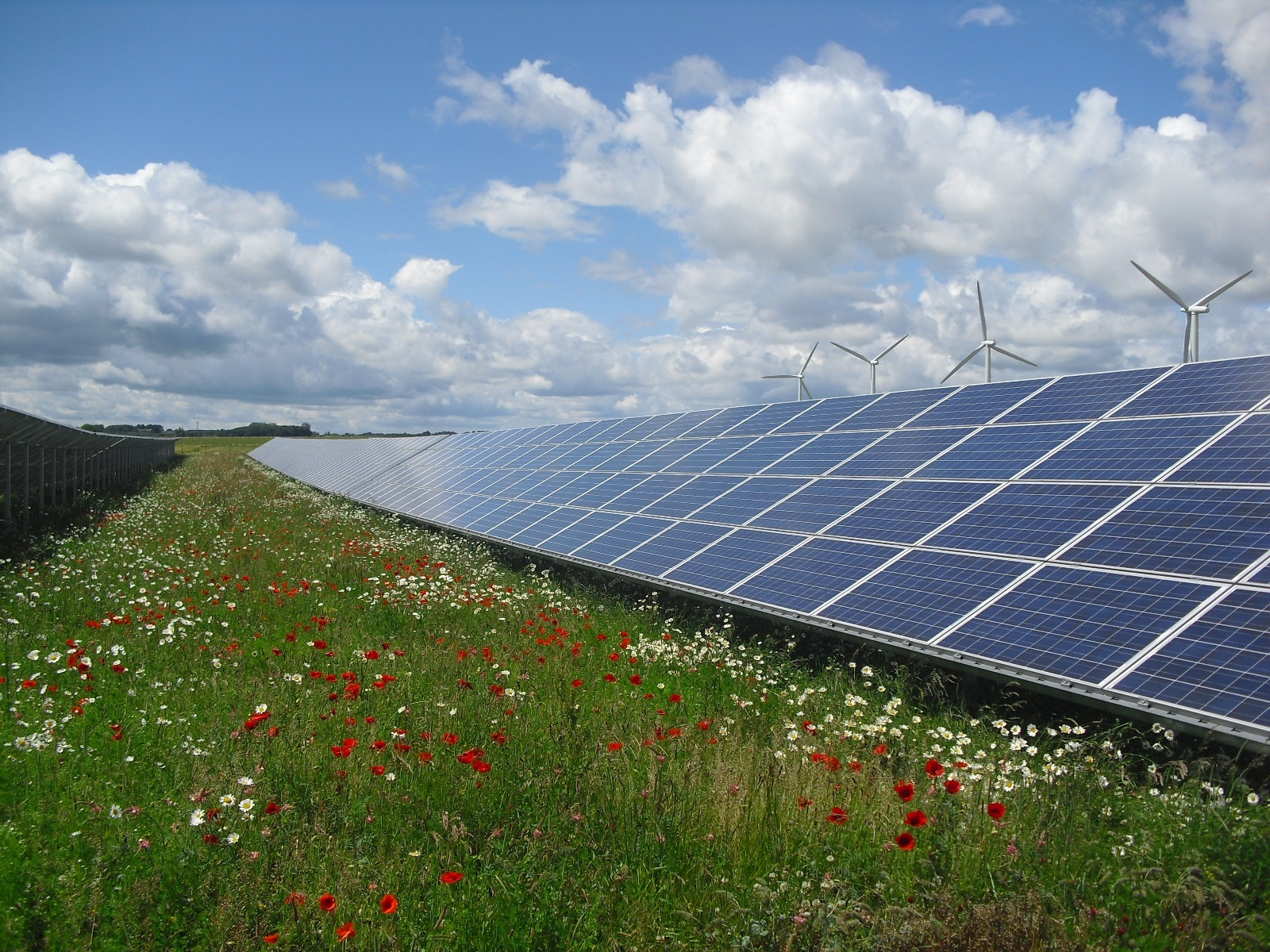Stories
June success story: Ten years harvesting the sun’s energy in Oxfordshire
Community energy is key to action on the climate crisis. It can empower people, boost local economies, and reinvigorate communities. Community-led initiatives play an important part in the transition towards a 100% renewable and just energy future. Success stories of community energy projects can be found all over Europe. At REScoop.eu we want to highlight these stories to further accelerate the movement towards a cleaner and democratic system.
This month we travel to Oxfordshire, United Kingdom, to listen to the story of Westmill Solar, a cooperative that runs the UK‘s first co-operatively run, community-owned solar park and celebrates its 10th anniversary this year.
The seeds of the project
2022 is a special year for the Westmill Solar energy cooperative because they celebrate their 10th anniversary. It is a great moment to look at what has been achieved in the last decade and to reflect on the cooperative’s future steps.
Westmill Solar Co-operative Limited acquired a 30-acre solar park located in Oxfordshire, United Kingdom, in 2012. The installation, which counts over 20,000 polycrystalline PV panels and generates around 5GWhr per year, was the UK’s first and, at that time, the world’s largest cooperatively operated, community-owned solar park. It is closely linked to Westmill Wind, a cooperative that runs a wind farm on the same site. Tom Parkinson, the current Chair of Westmill Solar who got involved in the cooperative in 2013, explains why.
“When the initial plans for a wind farm at Westmill were announced in the 1990s, they encountered a lot of opposition and it took nearly 15 years to get the necessary planning approval. In the end, the wind farm was built in 2008, and everybody loved it so much that they thought: what about having a solar park on the same site? This time there was very little opposition, and the planning process went incredibly quickly, it was approved in about three months.”

The challenge of the funding
Although the solar park encountered no opposition, it faced a different obstacle: raising the necessary funds.
The landowner, Adam Twine, was instrumental in ensuring the Westmill solar park was community-owned. The solar park was built by a commercial developer in 2011 to benefit from the relatively generous feed-in tariffs that applied at the time – and before Westmill Solar could put together its own funding. However, Adam insisted that Westmill Solar would be given the option to buy the solar park if it could find the necessary funds to do so before the end of October 2012.
Westmill Solar launched its share offer in June 2012. The initiative captured everyone’s imagination and over £5.5 million was raised from around 1,650 individuals, with priority being given to those who lived within a 40-kilometres radius of the Westmill site.

However, the full price of the purchase was over £15 million, so a substantial bank loan was also required. Putting this in place turned out to be even more complicated. Fortunately, Westmill Solar managed to finalise the necessary loan just hours before the option to buy the solar park expired.
The added value of community energy
Today, Westmill Solar produces enough electricity to power 1,500 homes, which prevents around 1.5 tonnes of carbon dioxide emissions annually. After covering operating costs and providing for the development of the cooperative, surpluses are shared between interest payments to members (80%) and funding community activities (20%). In fact, community funding is a key element of Westmill Solar’s identity.
Together with Westmill Wind, they fund an independent charity called Westmill Sustainable Energy Trust (WeSET), which promotes the deployment of sustainable energy through arts, education and energy projects.
Westmill Solar also runs a grant scheme to fund projects and activities around climate change and in line with the cooperative principles. Last year they offered a total of £40,000 to 10 different projects, all of them in Oxfordshire or within 25 miles of the Westmill site, as this is one of the requirements to apply. For example, Oxfordshire-based mental health charity Restore received £5,000 to install rooftop solar PV on two of their working sites; West Oxfordshire Community Transport Limited, a charitable society that operates daily bus services in the area, received £2,495 to research the impact of purchasing and using non-fossil fuel vehicles; and Oxford Children’s Book Group was granted with £1,000 to organise school visits with authors whose books focus on tackling climate change.
Moreover, Westmill Solar offers around 12-15 free energy audits per year of community buildings, many of which are suggested by their members.

Tom recognises that they have many more projects and ideas in mind, but it takes time and effort to carry them out. “This is currently one of our main challenges”, he concludes. “We would like to do much more outreach and community support but to expand our work in this area, we need to collaborate and involve more people”.
Community energy in the UK
Looking at the community energy movement in the UK, Tom believes it is much better organised now than it was ten years ago when Westmill Solar was created. There is better collaboration between cooperatives and more efficient advocacy efforts. However, he also recalls that a decade ago there was more policy support for community energy, so there was a boom of projects that declined again when subsidies stopped.
This analysis is in line with the Community Energy State of the Sector UK Report 2022, which states that “the sector grew rapidly when support was available, then stalled when this was removed” and the sector report cites the London Community Energy Fund as an example of how projects can progress in areas where even modest support is available. In 2021, 81 community energy organisations reported one or more stalled projects across the UK, representing a potential production capacity of 68 MW. Thus, the sector calls for the removal of the policy barriers that “still prevent the community energy sector from playing its vital roles in the just transition.”
Tom also cites difficulties in finding available spaces for the development of new local generation projects and the reluctance of the supply industry to welcome or accommodate community initiatives as major barriers.
Looking at the future
Looking to the next decade, Tom hopes that community energy will become much more mainstream.
“I would like to see an increased connection between consumers and producers in the future. We need to install more solar panels and renewable energy in the country and enable people to buy energy from sources near to them. We also need to be far more efficient in the way we use energy, especially in buildings, transport and the electricity networks.”
When it comes to the next ten years of Westmill Solar, the cooperative has some ideas in mind which will be discussed with the members on the 15th of October. On that day, they will meet in person for the first time after two years to celebrate their first decade and shape the future of the cooperative together.
